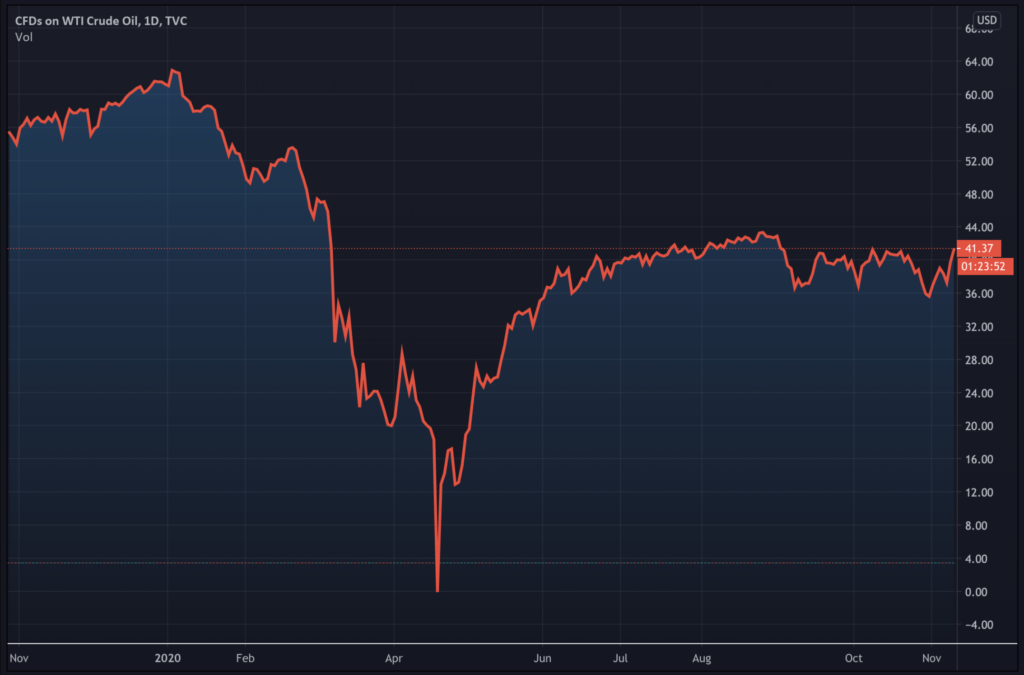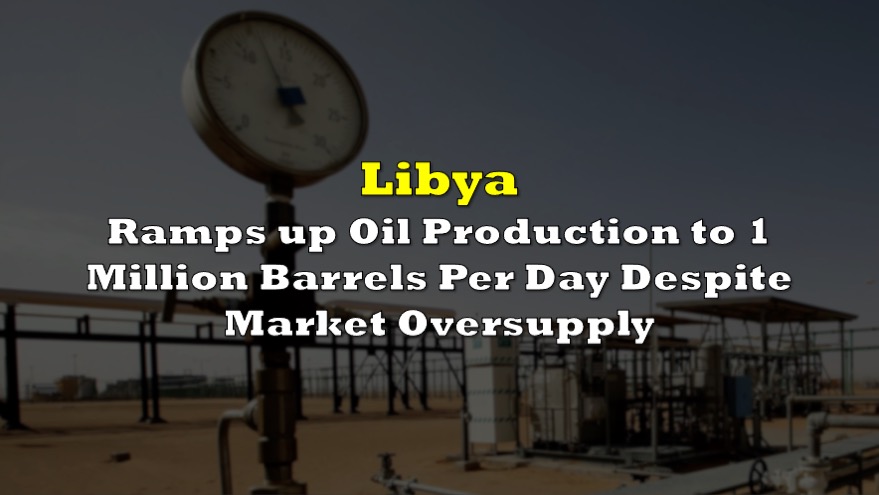Despite the continued subdued global demand for oil, it appears that the already-oversupplied market has been pumped with even more crude. According to a statement released on Saturday by the Libyan government, the country’s oil output has exceeded one million barrels per day since its oil industry became revived. However, the excess inflow into the global oil market will likely create further shockwaves, especially after a recovery from the COVID-19 crisis has yet to unfold.
Although Libya’s National Oil Corporation (NOC) has faced recent difficulties, the corporation released a statement announcing that it has increased oil production to 1,036,035 barrels per day. However, the statement did also note that in the event that “some entities” attempt to hinder its production boosts, then current output levels may be significantly reduced or ceased. Nonetheless, the latest milestone comes amid Libya’s reopening of its oil fields and ports. Back in September, Field Marshal Khalifa Haftar promised to lift a blockade that was contingent on a successful deal with the Tripoli-based, UN-backed Government of National Accord (GNA).
Libya is home to some of Africa’s biggest oil reserves, and the recent boost in crude production will aid the conflict-ridden country’s economic recovery. However, its re-entrance into the global oil market will likely add further pressure on struggling oil prices. Although futures for Brent crude and WTI saw some gains over the past several weeks due to positive sessions, last week’s uncertainty surrounding the US election and the steady and alarming increase in global coronavirus cases dampened the positivity.

Although Libya is a member of OPEC, the country is not subject to the same production cuts that were previously agreed upon amongst its other members. As per the agreement, major oil-producing countries had initially decided to reduce output by 9.7 million barrels per day, before relaxing the production caps to only 7.7 million barrels per day in August. As such, Libya’s 1 million barrel per day inflow accounts for approximately 13% of OPEC’s current production cuts; however, it still remains unclear whether or not other fellow oil exporters will have to reduce their output in order to make up the difference in oversupply, or if future decisions by OPEC will be affected.
Information for this briefing was found via Bloomberg. The author has no securities or affiliations related to this organization. Not a recommendation to buy or sell. Always do additional research and consult a professional before purchasing a security. The author holds no licenses.









